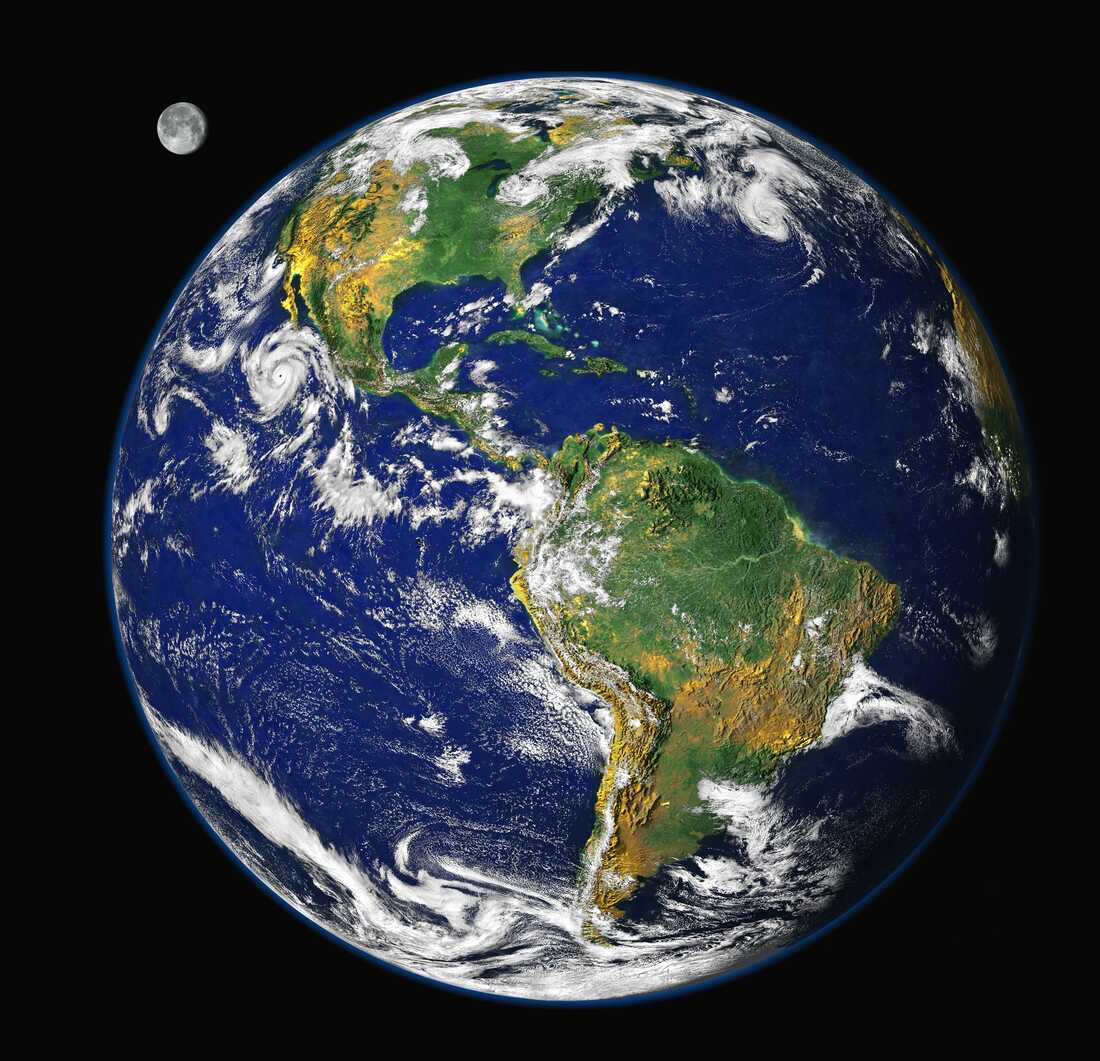I’m of the view that this is a semantic question where we have a word, “pile”, that describes a general amount but doesn’t have a specified quantity to it, and so the only way we can determine the amount of units required to constitute a pile at the bare minimum, is through public consensus on the most commonly shared idea we generally have when we think of a pile.
I also think it’s possible for there to be a “range of graduation” between a non-pile and a pile, so for example “a non-pile becomes a pile somewhere between x grains and x grains” (depending on what most people think this range is), and if a given number of grains falls below this range, it would necessarily be only a minority of people that would still accept it to be a pile.
So I plan to count the answers here and see if we can come to some kind of consensus or at least most common or average opinion. For sake of not skewing the results, I won’t suggest my opinion on what I think the number or range of grains is upon which a non-pile becomes a pile. What do you think it is?
I understand “pile” more as an orientation than an amount. You could have a million grains of sand all in a row and I’d call it something like a “line” of sand rather than a “pile”. To that end I’d say the minimum would maybe be 4 grains arranged in a triangular pyramid?
A “layer” of sand is not a pile. 2 or more sand grains stacked could be a pile but it’s barely visible.
As many as it takes to stack the grains, so it least 2.
I was thinking that, but then I thought - would I call 2 apples next to each other, or even stacked on top of the other, a “pile”? I don’t think so. So I would say a stack that has a solid base, so probably at least 4 - at least 3 to form a base, and then at least one more to sit on the base, forming the “pile”
But that’s just my stoned brain rambling, so make of it what you will lol
Three. Just two grains is a stack.
What if they are side by side
they are not a stack then
I don’t think there is a specific number of grains where something becomes a pile. The state of being a pile is determined by qualities that are correlated but not strictly proportional to the number of grains.
In this way, two sets of sand grains could have the same number of grains, but not both be considered a “pile”, depending on their arrangement etc. Similarly, you could take a pile of sand grains and make it no longer a pile by changing its configuration (while keeping the grain count constant).
You could still ask what the minimum number of grains would be for something to ever be considered a pile. This is only measurable empirically, and is subjective.
I think it’s safe to say that when you can no longer look at the grains of sand and immediately know how many grains it is, it starts being a pile. For me, that number is around a dozen. Let’s just put it at 10 for a nice clean round number.
Depends how fine the grains are
At what point is a sauce not a curry, soup or drink?
Bug your indian friends by calling Ketchup a tomato curry.
When you give up and stop counting, it becomes a pile.
Edi: And if you give up without even attempting to count, then it’s officially a “shitload”.
It’s a famous problem which cannot be answered. It is meant to illustrate the vagueness of natural language and the need for structured communication for technical subjects where precision matters
I want to know the exact count of grains that fit into a Butt
Every pile is also grains, and every grain is a bit like a pile, in that it sits on something and has one or more peaks. I’d say a pile and a grain are just separate simplifications of sand. A very small collection of grains, say 100, may be best captured by one or the other depending on application.
Why yes, I do like the pragmatist school of philosophy, why do you ask? /s
It becomes a pile at the point where any further grains dropped are likely to come to rest on top of existing grains. So there’s not a specific number, but a statistical change in behaviour to be a pile.
My 2c.
I agree with @spittingimage. “Pile” implies height.
I would call it a pile as soon as it reaches pile-shape. Shape, not quantity, is the determining factor.
When the sands of the hour glass feel like the days of our time.








